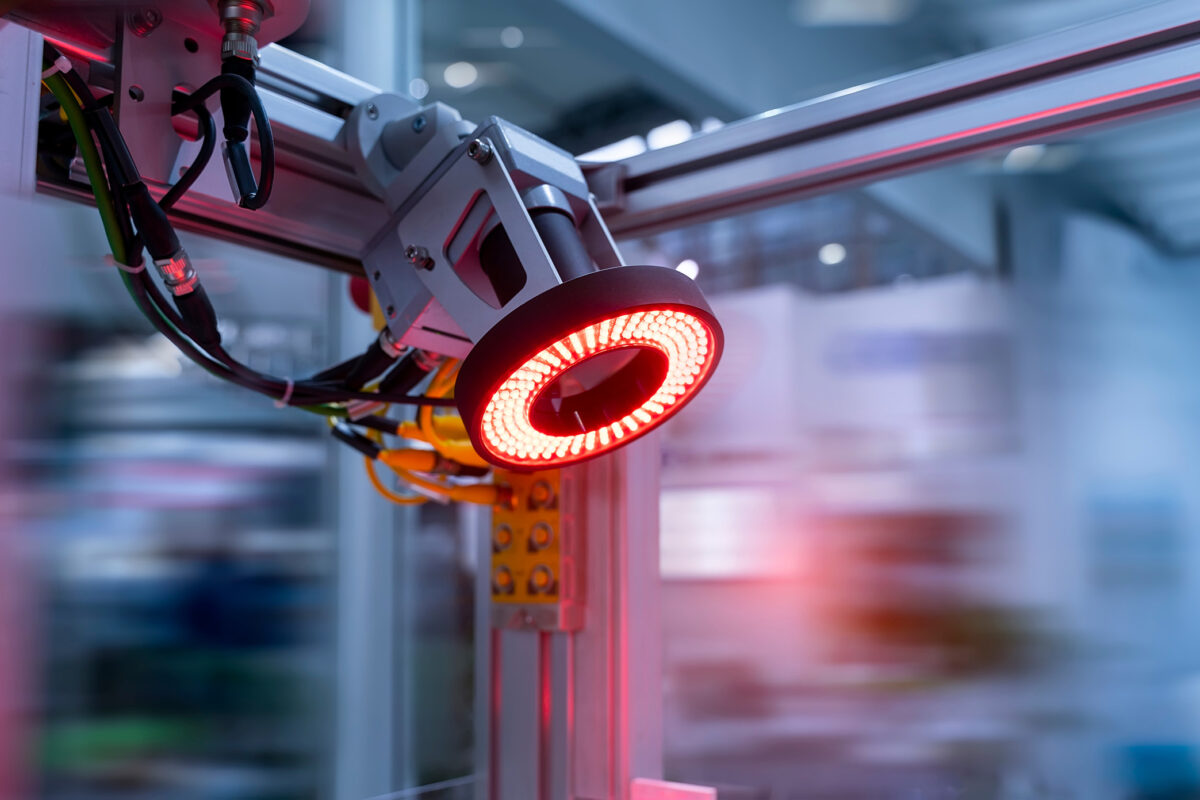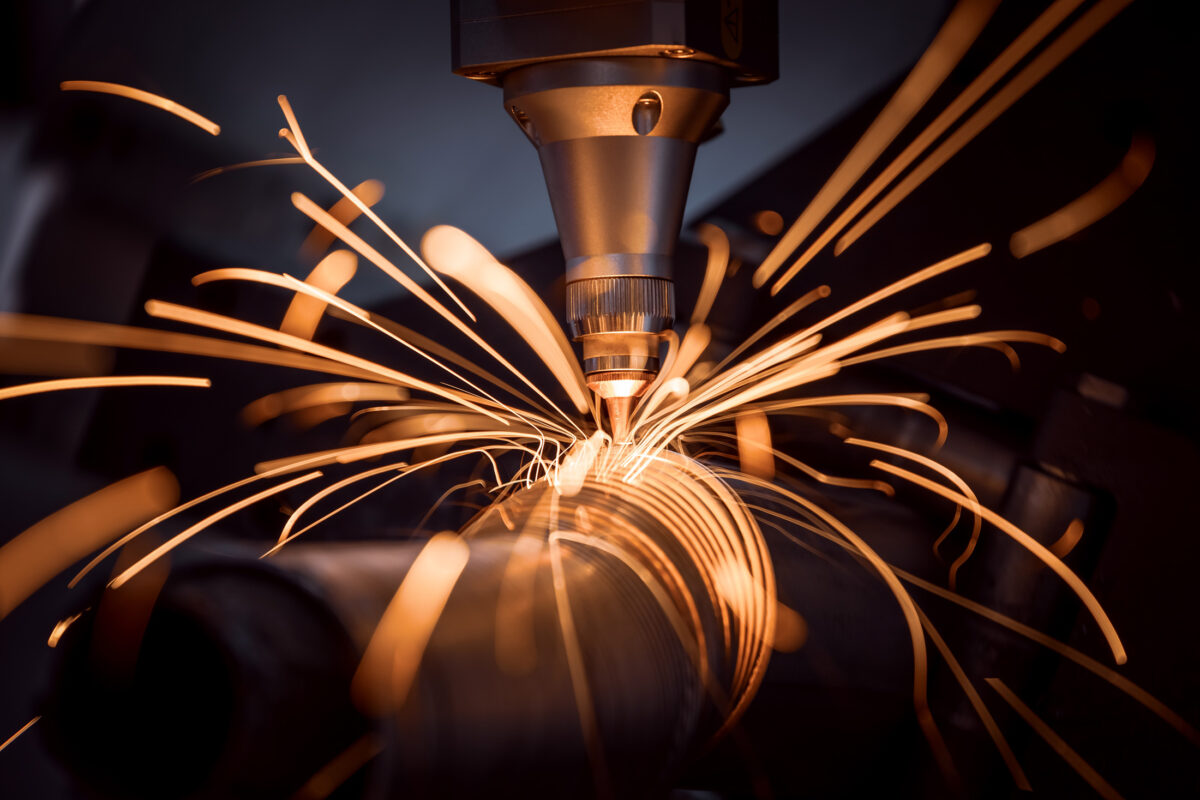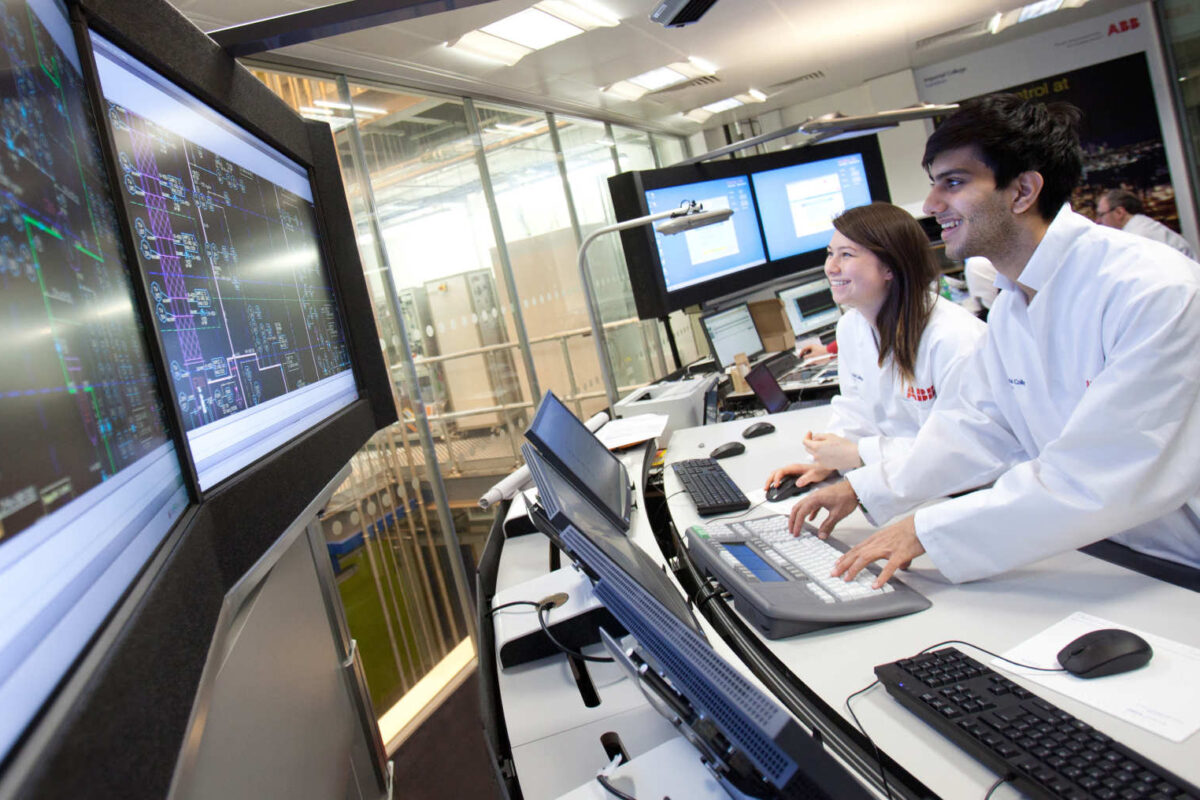Integration of continuous flow processing, online process analytical technology, real-time process control, predictive modelling and artificial intelligence (AI) has the potential to deliver self-optimising platforms for screening and manufacturing nanocrystalline drugs. Using AI technologies to automatically identify the best processing conditions for the desired products, a software-hardware tool is being developed that will massively reduce the time scale to bring new nanocrystalline drugs to life.
Nanocrystalline pharmaceuticals
Nanocrystalline dosage forms have attracted substantial interest as a means of delivering poorly water-soluble drugs, a persistent and increasing problem for the pharmaceutical industry. Preparing drugs as nanosuspensions considerably increases their specific surface area, improving the dissolution rate of the drug and its bioavailability. However, manufacturing drugs in nanocrystalline form is challenging and requires long optimisation steps owing to issues related to particle size control, particle aggregation and undesired polymorph generation. These barriers have so far hindered adoption of this technology by the pharmaceutical industry.
Breaking the barriers
The EPSRC-funded NanoAPI project aims to overcome these barriers by delivering a fully automated, self-optimising continuous crystallisation platform to manufacture and simultaneously quality control drugs in the form of nanocrystals. To this end, the key enablers are continuous flow processing, online advanced process analytical technology, real-time process control, design of experiments, advanced data analysis and AI. This project combines all these technologies, using machine learning (ML) methods to automatically identify the best processing conditions for the desired products, thus facilitating the cost-effective continuous manufacture of reproducible and stable drug products.
The manufacturing platform
A confined impinging jet reactor has been used as a robust antisolvent crystalliser, providing excellent mixing and resulting in consistent product quality. LabVIEW virtual instruments have been developed to control all the hardware in the platform. To reduce the experimental effort for identifying suitable conditions for targeting specific crystal sizes and navigating the multivariable design space efficiently, design of experiments is used. Python and PharmaMV (software developed by Perceptive Engineering Ltd.) have been used for real-time process control. The computational framework is formed by combining optimal experimental design methods and ML algorithms to develop uncertainty-aware predictive models to describe crystallisation data. The framework will be applied to real-time process control aiming to produce nanocrystals in the desired size range.









